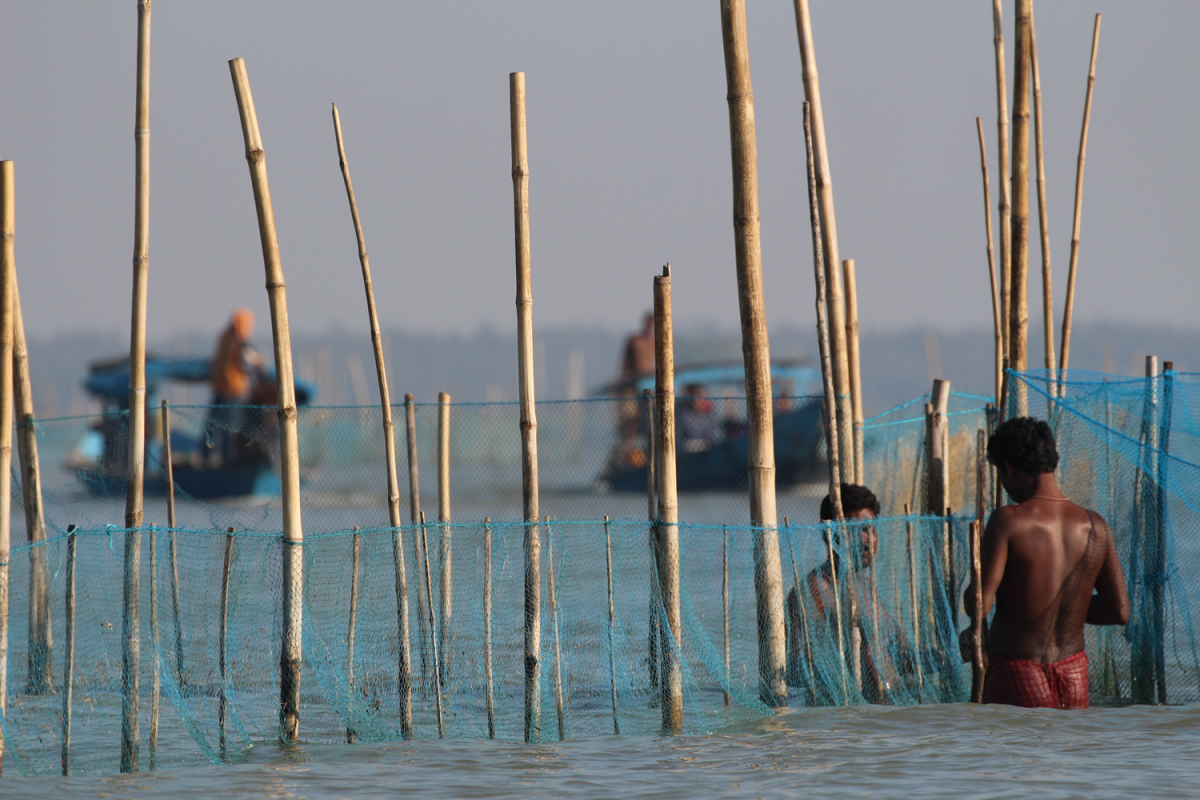Meeting Sustainable Development Goal 6 requires solutions that focus on integrated rather than sectoral approaches.
Traditionally water, sanitation and hygiene (WASH) and environmental organisations work at different scales. But to meet Sustainable Development Goal 6 (SDG 6) on water security, we need to find each other and integrate our approaches. In many areas WASH objectives will only be met if ecosystems such as wetlands are sustained to achieve water security. Our new report WASH and Water Security: Integration and the role of civil society can help.
WASH service delivery at risk
Demand for water continues to grow. Meeting the needs of people for clean water everywhere is a high priority, but in many parts of the world water supplies are under pressure. This puts WASH service delivery at risk. In many countries where people’s livelihoods are highly dependent on water resources, these are getting scarcer and more unreliable as boreholes dry out, underground aquifers are depleted, and lakes and rivers become polluted. With climate change, water scarcity risks are growing.
WASH is a human activity that puts stress on natural systems. If badly managed, it can lead to environmental degradation and a loss of services that healthy ecosystems provide – like the ability to purify water, absorb organic waste and other pollutants. The provision of clean water by a watershed or wastewater management by a wetland can be undermined by the over-withdrawal of water or by overloading of faecal sludge.
Debkhal Chaur wetland
These challenges come together in India, in the basin of Debkhal Chaur, a floodplain wetland located in North Bihar. Efforts have been made by government to improve access to safe drinking water and sanitation for the agrarian communities living around the wetland. The construction of sanitation infrastructure has been prioritised and subsidised, while drinking water at community level is being provided at common points. However, the interventions did not account for water security developments in the wider landscape.

With the advent of groundwater-based irrigation, the role of surface water in meeting agriculture needs has declined. Now, excessive groundwater pumping along with the conversion of wetlands into agricultural lands has led to rapid decline in water levels and water scarcity. Reaching the goal of being an open-defecation free village is more difficult because the toilets don’t have water during summer season. Several handpumps are no longer functional as the groundwater levels have significantly declined. And during floods, when the water level is too high, the toilets contaminate the water. With less nearby wetlands, the purifying potential of the landscape has also disappeared.
Unwanted trade-offs
This is not an isolated example. Without all relevant actors taking into account the bigger picture, there can be unwanted development trade-offs: with more water needed for food and energy development, the services provided by ecosystems such as wetlands and effective provision of WASH might lose out.
So, how can this be foreseen and planned differently? SDG 6 helpfully combines WASH, water-related ecosystems, Integrated Water Resources Management (IWRM) and water governance, providing a strong framework for integrating policies, investments and practices. Investing in wetlands and reversing degradation helps to build the long-term water security necessary to sustain WASH services and to meet the SDGs.
But how is this possible? For decades, IWRM was signalled as the solution to deal with water-related issues. However, resolving trade-offs at the basin or catchment level has proven tricky and earlier interventions have not always been successful. It’s a tall order. In reality, only some aspects are implemented well in any catchment. And additionally, instead of a mechanism to develop more integrated approaches IWRM sometimes has become a separate sector in itself.
Integrated solutions
In our report, WASH and Water Security: Integration and the role of civil society, we highlight the need for solutions that focus on integrated approaches rather than sectoral solutions to meet SDG 6. For WASH to become more water secure, governance has to shift towards a situation where various sorts of boundaries are crossed. We believe it is all about crossing spaces – negotiation over alternative water sharing scenarios and dialogues and finding ways to operationalise and finance all this.
This new mindset requires, among other important factors, moving:
- from hierarchical to horizontal approaches including co-design and management
- from technocratic, expert driven approaches to shared-knowledge approaches including local stakeholders
- from fixed goal-oriented towards a more flexible design and process-based adaptive management
- from silo working to collective action
It also takes people who reach out across boundaries and improve governance. Civil society organisations can play a pivotal role in crossing these boundaries if they have enough capacity – and this is the essence of the Watershed Partnership.
Blog written by Frank van Weert, Wetlands International

